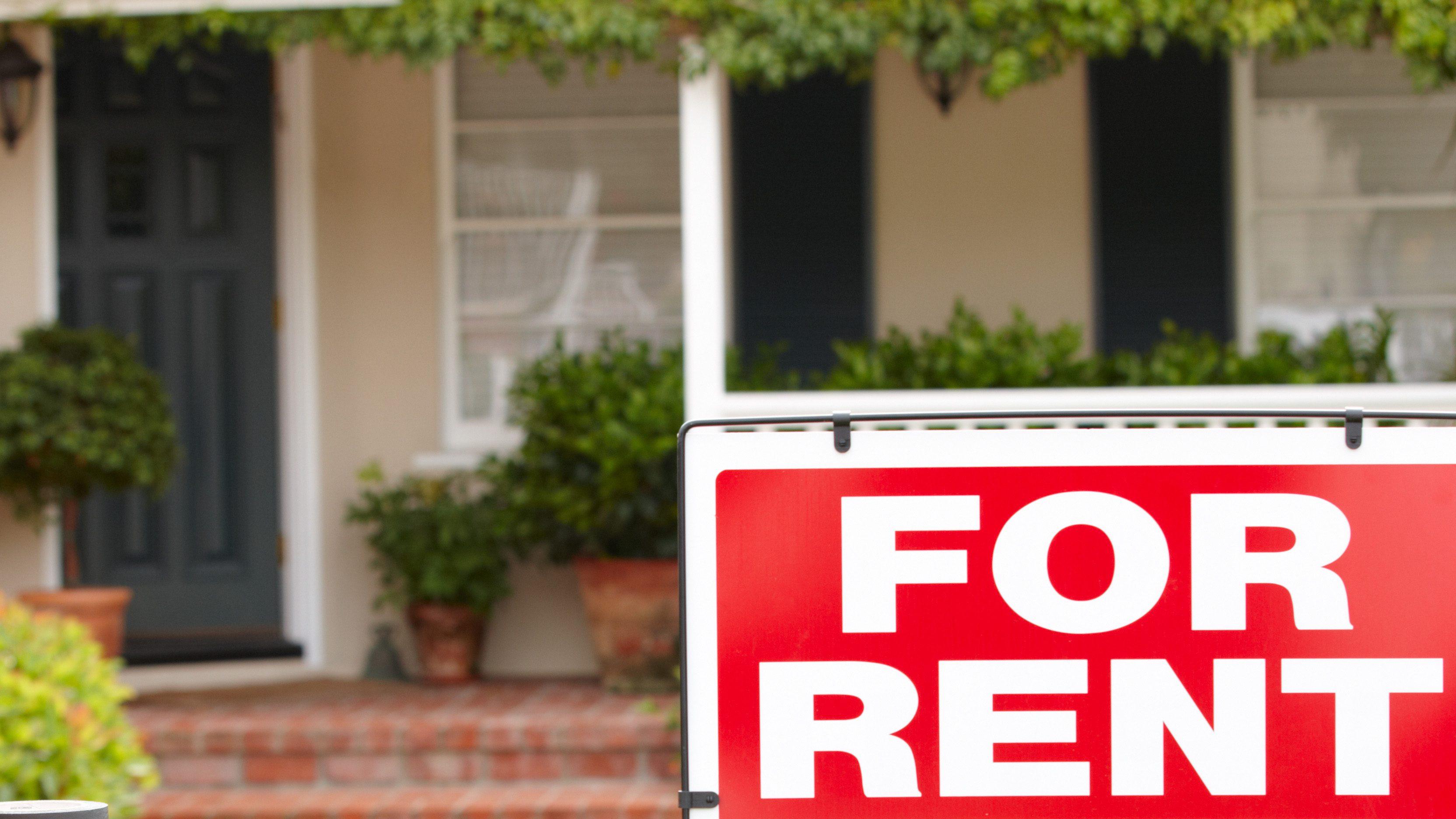
iStock/monkeybusinessimages
It’s official: The rent is too damn high.
Rental prices went up in 38 states (plus Washington, DC) in 2019, according to a recent report from rental site Abodo. They fell—but only a slightly—in the other 12.
“The big takeaway was renters did pay more than they did last year,” says Abodo spokesman Sam Radbil. “Rent rates rose because more people are renting and they’re renting longer than they did before.”
Nationally, median rents jumped 4.1% for one-bedroom units, hitting $1,078 a month by the end of 2019. Meanwhile, prices for two-beds surged 5.5%, to reach $1,343.
To come up with its findings, Abodo looked at its more than 1 million listings for one- and two-bedroom apartments in the 110 largest cities.
Many renters are being priced out of the bigger, most expensive cities—so they’re moving to smaller, surrounding ones that are a bit more affordable. That extra demand for housing is now pushing rents up in these places, too, says Radbil.
Who, or what, is to blame for higher rents? Point the finger at the strong economy, the increase in millennials and baby boomers seeking out rentals, and inflation as the main reasons. Also, there are a lot of people who prefer to rent rather than buy because they’re scarred by the housing bust of more than a decade ago or are worried about what the upcoming presidential election will portend for housing.
“They’re not sure where the economy is going to go,” says Radbil.
Which states saw the biggest rent hikes?
Rental prices shot up the most in Utah, going up an average 3.78% in 2019. By the end of the year, they had reached $965 a month for a one-bedroom abode.
“In states like Utah, people are relocating for jobs,” says Radbil. Many folks are coming from California and other high-priced hubs. “People need to find places where they can live and afford to live a lifestyle that they want.”
They also ticked up in Wisconsin, rising 3.02%, to an average $945 a month.
While these increases are likely bad news for renters, these weren’t the most expensive states for those leasing the roof over their heads. That honor went to Massachusetts, where the average rent for a one-bed was an eye-popping $2,218 a month. It was followed by Hawaii, at $1,880.
The cities where rents rose the most
The city where rent shot up the most is the one most folks would least expect. Average, monthly rents surged by a head-spinning 7.48% in Detroit, to hit $886 a month for a one-bedroom unit.
“They’re seeing a housing boom,” says Radbil. There are more people moving there, which increases the demand for housing as the city begins to come back. “New construction has actually started there, which is obviously going to cost more.”
The Motor City was followed by Cleveland, with a 3.85% increase to reach $782, and Mesa, AZ, with a 2.57% bump pushing prices to an average $1,115.
The highest rents in the nation were the usual suspects: San Francisco and New York City. They were an average $3,877 and $3,082 a month respectively for a one-bedroom unit. Ouch!
In these markets, tenants are cramming four and five roommates into small apartments and converting living rooms into bedrooms.
“People are going to find a way to survive in a city where the opportunities lie,” Radbil says.
Which states saw the biggest rent declines?
Lucky tenants in Montana saw the biggest price cuts last year. Rents fell 1.6%, to an average $745 a month for a one-bed.
“People go where the jobs are. And if there are less jobs in those states, there’s going to be less demand,” says Radbil. “So the price [for housing] is going to decrease. ”
Big Sky Country was followed by Nevada, where rents fell 1.44%, to reach $1,136.
Those hoping to save a few bucks may want to head to West Virginia. The average, monthly rent in the state was just $637 for a one-bed in 2019—the lowest in the nation. It was followed by North Dakota, at $672.
The cities where rents fell the most
Despite the higher prices nationally, there were a few cities where renters got a bit of a reprieve. Average prices fell the most in Dayton, OH, in 2019, falling 4.11% to reach $758 a month for a one-bedroom.
“The job growth wasn’t as stellar as it was nationally,” says Radbil. “So the demand for housing in Dayton declined.”
They also dipped in Las Vegas by 2.55%, to reach $1,227 a month, and Los Angeles, dropping 2.27% to hit a still-high $2,465 a month.
Renters scored the best deals in Toledo, OH, where rents were just $517 a month for a one-bedroom unit. The city was followed by Evansville, IN, where rents were a still-reasonable $562 a month.
“Cities like Toledo and Dayton, and many other cities as well, there are fewer opportunities careerwise,” says Radbil. “And some people would say they’re less desirable places to live, and rents will reflect [that].”
The post Rental Prices Shot Up—and Dropped—the Most in These Cities and States appeared first on Real Estate News & Insights | realtor.com®.
via Rental Prices Shot Up—and Dropped—the Most in These Cities and States

No comments:
Post a Comment